
Todd Henry outlines your primary responsibilities in overseeing a long-term project.

Todd Henry outlines your primary responsibilities in overseeing a long-term project.

Todd Henry coaches you to fight against the victim mindset that impairs your ability to contribute.

When I stepped into my first formal leadership role, I was only 19 years old. I was working in the hospitality industry and honored to be given the opportunity to lead. I was excited to help the organization continue to grow and succeed.
However, there was one peculiar fact about the people I was leading—all of them were older than I was! As you can imagine, the fact that I was younger was often met with resistance and comments that diminished my value.
Today, in mid-career leadership, I work with a generationally-diverse group of people. Many are younger or older than I, and some are my age. What I’m finding, more and more, is there are biases and stereotypes that we all carry with us about generational differences. Those beliefs can cause friction and conflict on our teams.
We imagine that people from another generation are vastly different from what they actually are. We have far more in common with people than what it may seem like on the surface. When we only focus on our differences, it makes it difficult to work and relate well with each other. So, strive to find common ground with those who are generationally different from you.
Say it with me, “I don’t have all the answers.” Isn’t that freeing? According to experts, a generationally diverse team will get better results if we allow everyone to be a part of the process. I have had many moments when I went into a situation thinking I had it all worked out only to learn that someone else had a better way forward. It’s easy to think, “They’re too old.” Or “They’re too young.” But that only stunts your growth as an organization.
Andy Stanley, pastor of North Point Community Church, once said, “Closed minds close minds.” Sometimes, listening with an open mind and an open heart can go a long way. When we listen with empathy to a person from a different generation, we communicate that he/she is valuable to us. When a person feels valued, they will be happier, more productive and a better part of the team.
This may be the toughest one…but it is so important. People love to feel like they’re a part of something bigger than themselves. They not only love it, but I believe they need it. Especially when it comes to generations. The older generation often feels “pushed out” and the younger generation often feels like “they don’t have a seat at the table.” As a leader, letting others “win” in the small things helps us all win the major victories. So, if there are times when you can let others decide, lead and influence, do it.
The beauty of these four keys is that they’re not just for the leader. I would recommend sharing them with your team and you will see your team soar to new heights.
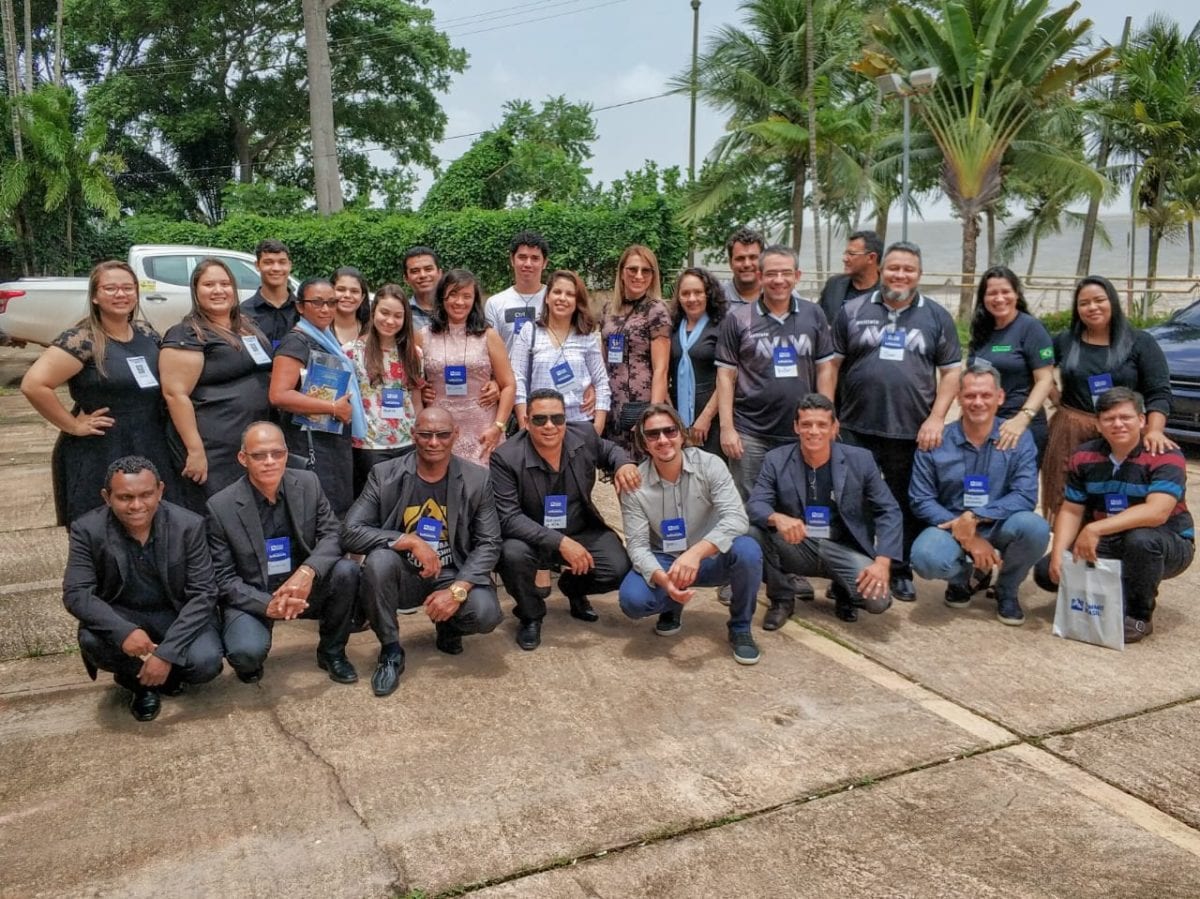
Every year, leaders from the Global Leadership Network travel to regional centers around the world for annual GLS Regional Meetings. The purpose of these meetings is to build momentum for the GLS, and to ensure there is vision alignment around core values and strategies.
In 2019 we brought these meetings to Brazil. In May 2019, 50 GLS sites from Brazil were represented. We spent two full days clarifying vision, answering questions and helping to develop strategies in order to see the GLS fulfill its vision in Brazil.
We started to work with the corporate world in our city and brought a lot of companies to the Summit. God brought lots of grace in this process. During the Summit last year, we had all the sectors represented—people from business, military, education and the church. Why do we do the Summit? For many reasons, the Church has been losing influence—we have lost our calling, but the Summit has become one of the tools to encourage the Church again! The Summit gives us the tools to transform transforms society.
…the Church has been losing influence—we have lost our calling, but the Summit has become one of the tools to encourage the Church again!
One business leader, who was very impacted by Simon Sinek’s talk, said, “I’m no longer just an executive, I am a pastor at my organization. It took me to a different level in my business on how to execute and encourage my leaders.”
Business leaders are hearing from pastors, and pastors are hearing from business leaders. We’re all learning from one another with kingdom values. A lot of businessmen have started to come to the Summit. Even though they don’t always attend church, they’ve started to have an experience with God at the Summit. What is taught at the Summit is more than doctrine, it’s also providing tools that will be applied to our lives so we can do things we’ve always dreamed of doing that we didn’t know how to do before. – GLS attendee, Brazil
The Summit has impacted everything. Our church changed radically after the Summit.
In 1997, my husband and the pastor of our church in Sao Paulo went to the USA for a class. In a couple of their meetings, they heard about the Summit. We had been looking and praying for tools that would help us get better. And so, we went to our first GLS and since then, we’ve always gone. We started taking teams. Most of us didn’t know English, but we would get the atmosphere.
Today, we are looking outside the church walls to see what God has for all of society.
Then in 2005, the Summit came to Brazil! That year 2000 people came to the first event. We discovered asking the right questions is more important than knowing the answers. Over the last 22 years, we’ve been learning together, and today our church is different and focused on planning, inspiration, transformation and time with the Holy Spirit. We went to the Summit to learn how we can get better, and we came back challenged. Today, we are looking outside the church walls to see what God has for all of society. –GLS attendee, Brazil
I am from Venezuela, and I saw the Summit for the first time there in 2012. I was transformed by my experience. Until then, I’d never felt God before. During the event Craig Groeschel said, “If you want to reach people nobody is reaching, you’ve got to do things nobody is doing.” It became something I wanted to be part of, with people who could bless the cities.
With the Summit, God is using us to transform the city.
Seven years later, I came to Porto Alegre, Brazil where there was no Summit. My pastor called me and said, “I want you to be the leader of the Summit here.” Imagine—I am a Venezuelan with difficulties speaking Portuguese. I was afraid. How could it be possible? I went to the youth group, and the youth gathered and said, “You are going to be the one who leads this movement. This event here in our church will bless families.” The youth really embraced the Summit, even though I was the only one who had seen it before.
So, we started with some short Summit events with the youth group so they could experience the Summit and be transformed as well. At our first event, we got 260 to attend! Not only did we have people from the church attending, but business people also attended. Seven years ago, I couldn’t see myself in this situation. With the Summit, God is using us to transform the city. Embrace the Summit! Dream about how your city can be changed. God is going to bring you a grander vision. God is going to surprise you. – GLS attendee and leader, Venezuela and Brazil
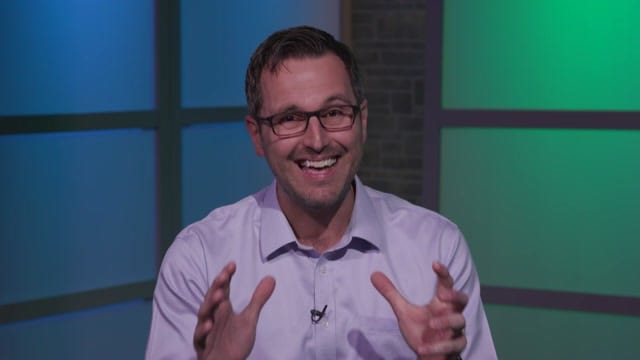
Todd Henry provides coaching on how to give effective feedback to creatives.
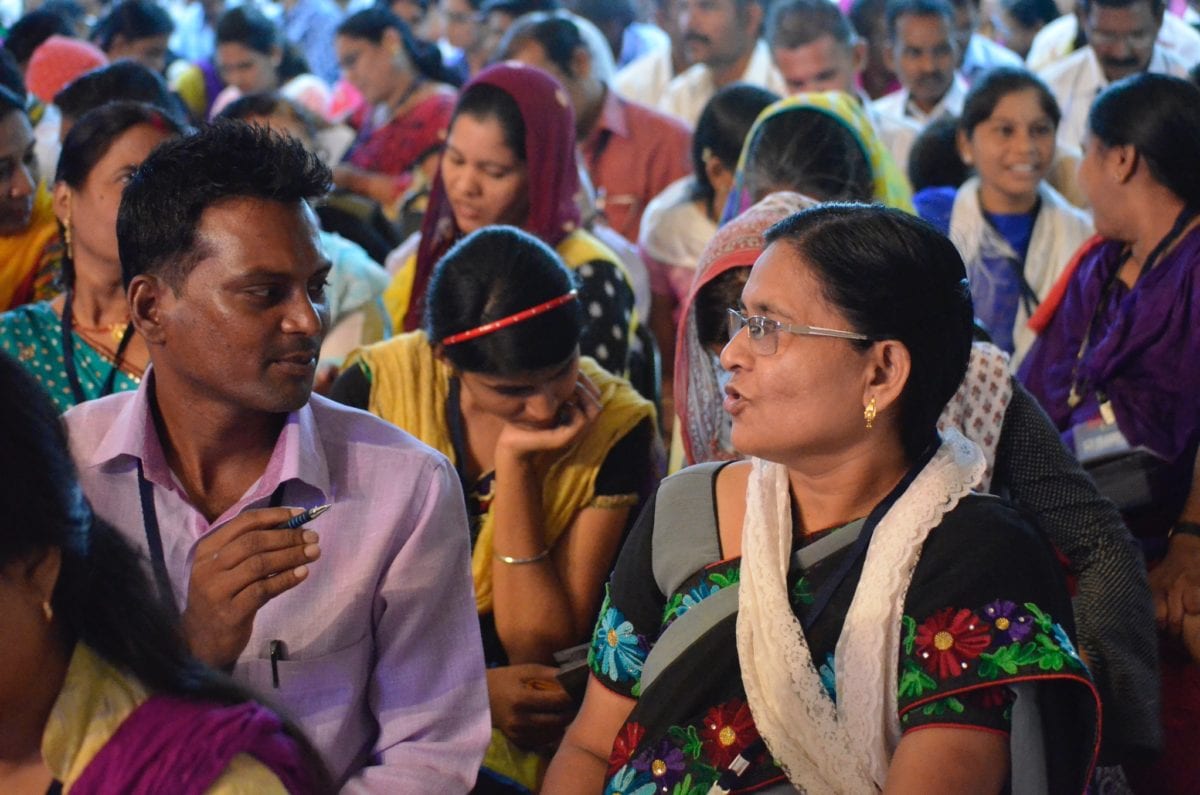
Every year, leaders from the Global Leadership Network travel to regional centers around the world for annual GLS Regional Meetings. The purpose of these meetings is to build momentum for the GLS, and to ensure there is vision alignment around core values and strategies.
In 2019 we brought these meetings to Hyderabad, India, where all 70 GLS sites in India were represented. We spent two full days clarifying vision, answering questions and helping to develop strategies in order to see the GLS fulfill its vision in India:
Helping Christians grow their leadership to maximize Kingdom impact.
I am so happy to be a part of the GLS. I’ve been in the ministry now for 18 years, and I have wanted to quit 3 times. The third time was so tough that in one of the Sunday services in 2014 I even announced, Please find another pastor, I’m quitting. But that same week, I attended the Summit, and God spoke specifically to me.
…I even announced, Please find another pastor, I’m quitting. But that same week, I attended the Summit, and God spoke specifically to me.
As a leader, there will always be challenges you have to face, and you have to overcome them. God wanted me to stay. So, I didn’t quit. Now God has given me a very clear vision of what I need to do. I was always struggling with these four walls in the church. It became really monotonous for me to come up on the pulpit and preach every Sunday, seeing the same faces. There was nothing happening outside the four walls of the church. That’s where my pain was. I was struggling with this, and the Lord started showing me certain things about how the Kingdom of God works. He showed me what we need to do. Since then I’ve been trying to learn—I’ve been attending the Summit and now I have a clear vision and direction from God as to how we can change our nation.
 We are focused on two sectors: discipleship in the marketplace and education. If things have to change, whether it is politically, economically or whatever you call it, education is important. A lot of things have to be sown into a child between the ages of 4-14. So, I started the ministry with a few young people who were 10-12 years old. They were already suffering addiction and were in gangs, robbing people in the night. God brought them to me, and I started working. Their lives started to transform. Their families started to transform, but there something internal still needed to happen because their character wasn’t changing completely. I was struggling with this. I asked God what to do and He showed me I need to look at a discipleship for children in this age group—what you instill in them during this will remain with that child until death. We started a school in June 2019. Thanks for cheering us on. Over the next 10 years, I believe we can change and impact our nation. –Pastor Devasagayam, GLS attendee, India
We are focused on two sectors: discipleship in the marketplace and education. If things have to change, whether it is politically, economically or whatever you call it, education is important. A lot of things have to be sown into a child between the ages of 4-14. So, I started the ministry with a few young people who were 10-12 years old. They were already suffering addiction and were in gangs, robbing people in the night. God brought them to me, and I started working. Their lives started to transform. Their families started to transform, but there something internal still needed to happen because their character wasn’t changing completely. I was struggling with this. I asked God what to do and He showed me I need to look at a discipleship for children in this age group—what you instill in them during this will remain with that child until death. We started a school in June 2019. Thanks for cheering us on. Over the next 10 years, I believe we can change and impact our nation. –Pastor Devasagayam, GLS attendee, India
I was head of the marketing department at a petroleum company. After attending the GLS, I made it a point to invest in the lives of people. I used to go to work just to do my job and go home. Now, I go there and spend time talking to people about their family, their life and then I talk to them about the business. The company was so happy after that one year that I got a promotion. I loved what I was doing. I have a vision that I am carrying. I want to invest more in the lives of people. I am a great fan of the GLS. –Ross, GLS attendee, India
I started a business, but it wasn’t going very well. But at the GLS, my purpose changed—it was no longer about personal benefit. My entire idea of business changed after watching more of the GLS videos. The one business I started grew to three more businesses, and now is growing into four. And it’s because my business wasn’t about me anymore, it became about God’s Kingdom, how to benefit people and how I can benefit the church through my business. When my perspective changed, a lot of people came along with me sharing this idea. –Finney Samuel, GLS Attendee, India
The Summit in 2018 had an impact on a particular neglected group in society where the mafia has taken over and it is difficult to evangelize. Pastor Timothy is one of the pastors in this city who attended the Summit. He had a dream to reach these people and wanted to have a Christmas celebration for them. 130 people came together. They preached the gospel, and they were well respected. The people expressed how impressed they were by the respect they received from the church—and it all started because of the Summit. –Mohan Das, GLS attendee, India
Thank you for being a part of the GLN ministry. You are part of a global community of people who want to bring God’s Kingdom here on earth.

A key feature that distinguishes the best leaders from the rest is the ability to anticipate the future. The best leaders have learned how to see into the future and not just react to it.
Not sure you understand the difference?
In your business or not-for-profit, the best leaders are not reactionary leaders but anticipatory leaders. Anticipatory leaders solve organizational problems before they get big and see opportunities that others overlook. Anticipatory leaders develop the discipline to be able to look around the corner to the future and see what is next.
Anticipatory leadership is not so much a gift as it is a discipline that every leader can develop.
Reactionary leaders respond to economic changes by making sudden last minute reductions and budget cuts leaving their team feel uncertain and nervous. But anticipatory leaders prepare their team for the financial challenges ahead and guide them smoothly through turbulent times. Reactionary leaders observe changes in culture and complain about them to their team; but anticipatory leaders understand the cultural shifts and lead their team to take advantage of innovative opportunity.
The anticipatory leader is able to develop a feel for the forthcoming and plan accordingly. You can become a leader who anticipates the future. Anticipatory leadership is not so much a gift as it is a discipline that every leader can develop.
Here are three ways you can become an anticipatory leader. Do these and you will not have to just react to the future, you will see it coming!
It is absolutely true that you become like the people with whom you spend the most time. So, if you want to be an anticipatory leader you need to spend time with people who are futuristic. StrengthFinders uses the term “futuristic” to describe people who can “peer over the horizon and see in detail what the future might hold…it could be a better product, better team or a better world.”
Futuristic people often fall into in two categories: entrepreneurs and thought leaders.
Entrepreneurs: Be intentional about spending time with entrepreneurs. They have no past and if they don’t anticipate the future they will soon go out of business and will not eat! Learn from them. That is one reason why I have made it a discipline to consistently spend time with church planters. Church planters are the entrepreneurs of the church world and they live on the edge where innovation happens. Many of my best hunches about the future for the large multi-site church I lead have come from church planters.
Thought Leaders: Thought leaders have deep insights into the future based on research and the ability to see trends. Read their books; listen to their podcasts; lean in whenever you get the opportunity to talk with them. As a young church planter, I had the privilege of living in the same town as Lyle Schaller, a brilliant thought leader. (Don’t know the name? Google him!). He wrote and edited almost 100 books on church life and was once named the most influential protestant leader in America by the Los Angeles Times. I figured out where Lyle regularly hung out in the local library and every time I needed answers I would go there with a list of questions in hopes of picking his brain.
There are some places where the thrill of innovation is just in the air. If you want to be an anticipatory leader you need visit places that are on the cutting edge of the future. In the last several years I have intentionally made trips to the Silicon Valley to visit Google, Atlanta to visit Chick-Fil-A and to Berkeley California to spend time with my friends at The Way Christian Center. Why? I went there to give me a glimpse of the future and to help me anticipate what is next as a leader.
Once a year determine to put yourself in one of those settings. Many of them are not far and all of them are available if not in person, via the internet.
Remember, when you develop the ability to anticipate the future and you will distinguish yourself from other leaders.
One of the most fun ways to anticipate the future is to actually create it. Anticipatory leaders will run innovative pilot projects to see what works and then re-evaluate. They do low cost probes. They take a ‘skunk works’ approach that gives permission to a few people to try-out ideas without committing to being all-in.
In the last few months, our church has played with the future in a variety of ways: we have started online small groups using the Zoom platform. So far, it seems like it is something that works and will scale. We have tried using big data in our marketing efforts to specifically target people through social media who aren’t going to church. We gave a Monday night worship service a try for a set period of time and then re-evaluated. It seemed to reach a whole different group of people.
Remember, when you develop the ability to anticipate the future and you will distinguish yourself from other leaders.
Start applying these three disciplines to see the future, and never again just react to it!
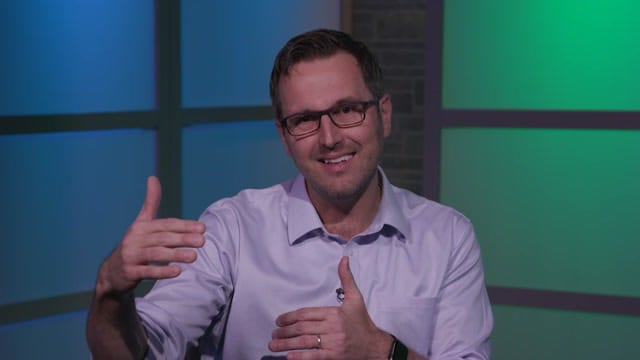
Todd Henry explains the two most important things creatives need from their leaders.
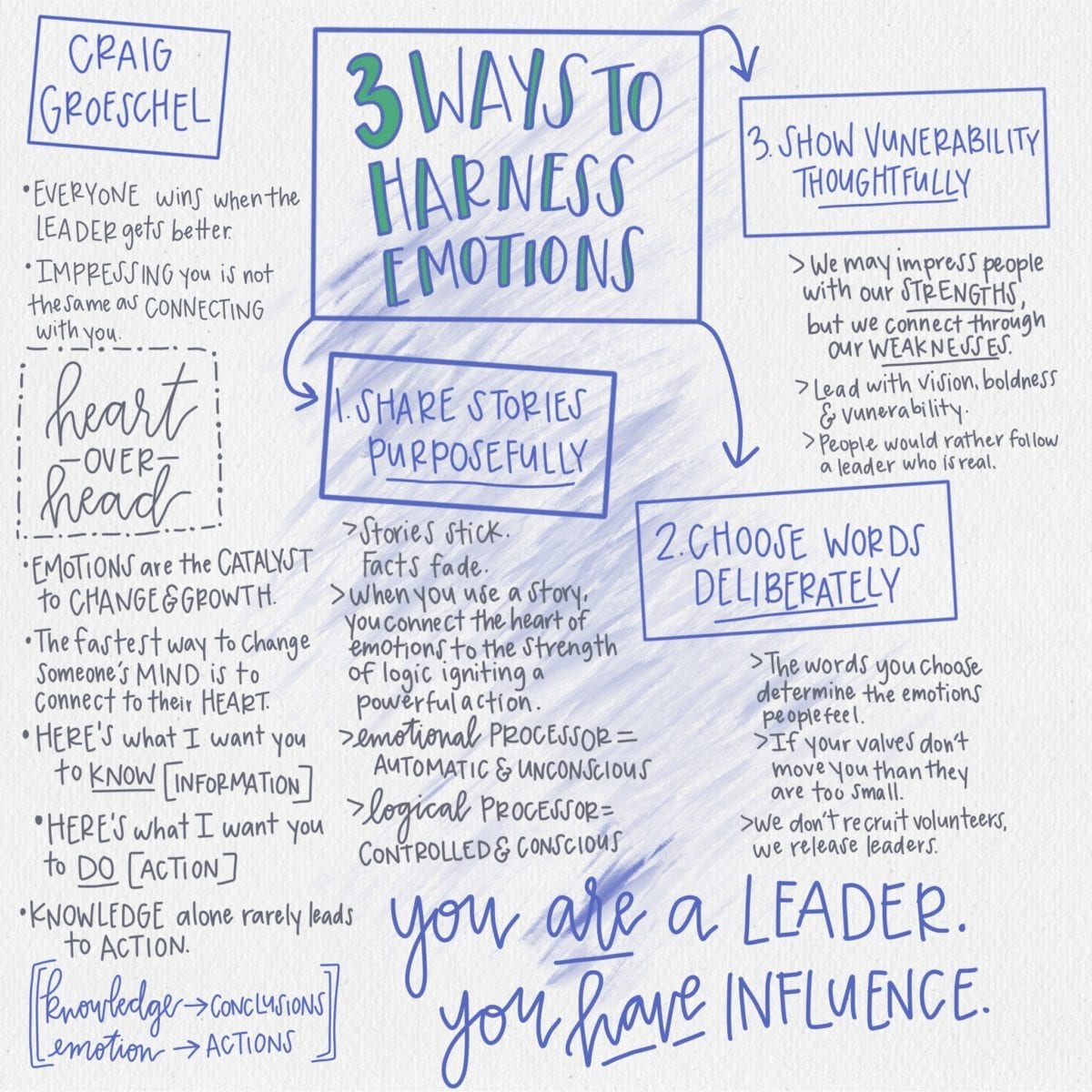
The power of emotions in leadership.
Information: Here’s what I want people to know.
Action: Here’s what I want people to do.
Simon Sinek quote: “People work for a what, but they’ll give their lives for a why.”
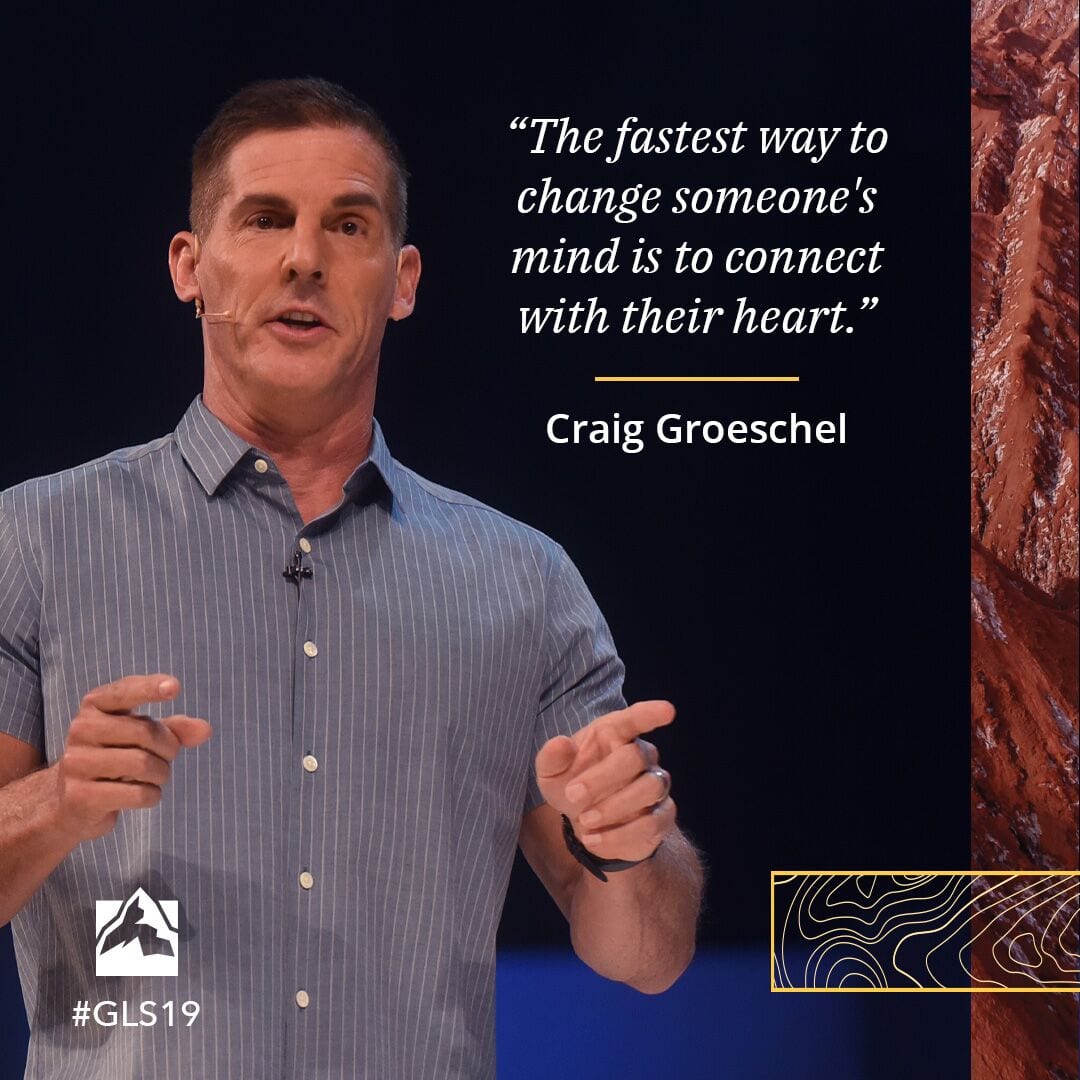
How do we do this? Instruction in Craig’s podcast episode 51 and 53.


Story of the SAS: Bear joined the British special forces and after six months was returned to unit. He felt like he wasn’t good enough or smart enough. That failure built his resilience and looking back, he sees the power it had on his journey.
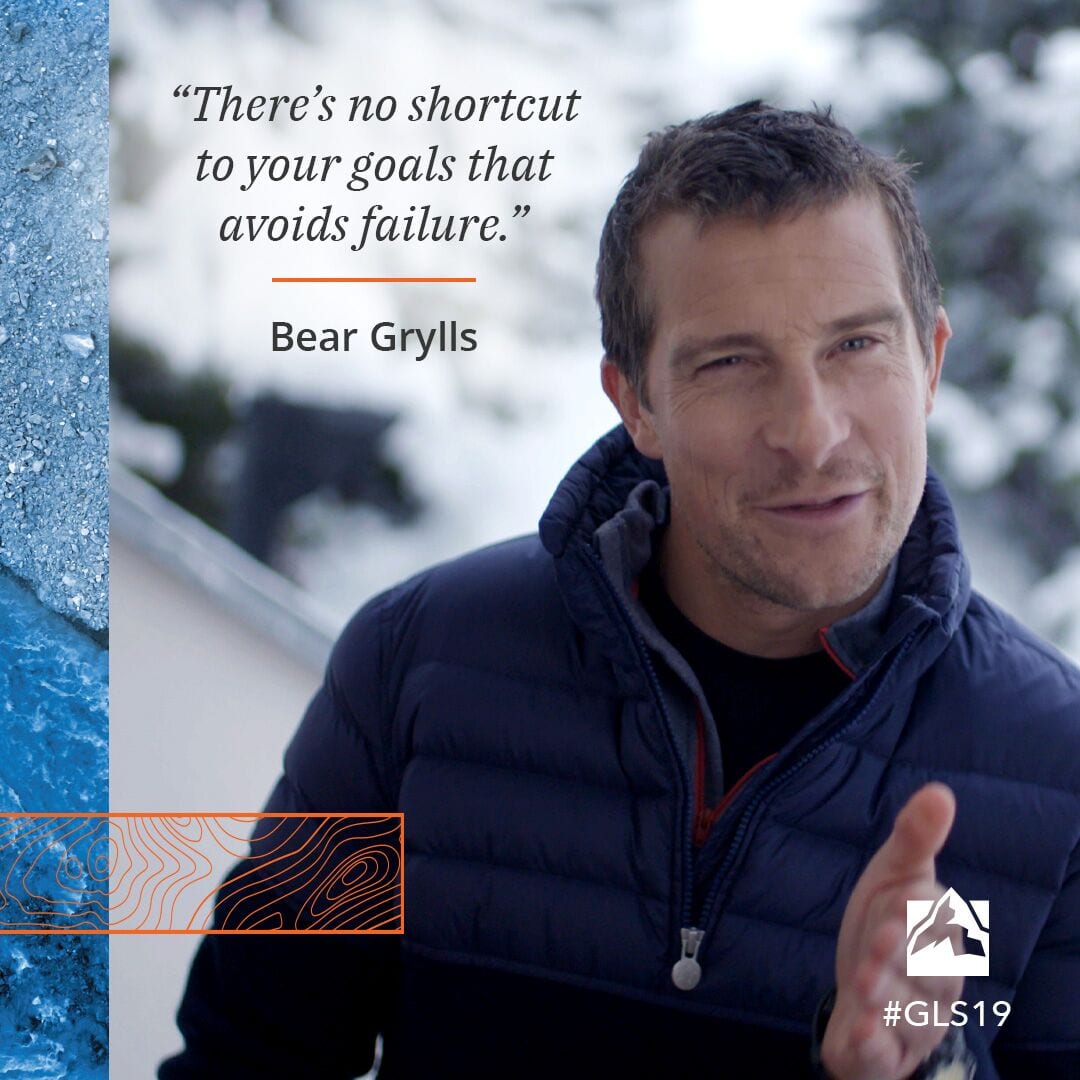
Story of his injury: Bear’s parachute cord wasn’t working properly when he jumped out of a plane. He hit the ground and ended up breaking his back.

Story of Jesus: He did not conform to religion. He is a prime example of religious rebellion and abiding by faith.
Reaching our summits should never be our full story.
Finding true wealth is being grateful and being kind.
“We welcome and encourage comments on this site. There may be some instances where comments will need to be edited or removed, such as:
If you have any questions on the commenting policy, please let us know at heretoserve@globalleadership.org”
Recent Comments